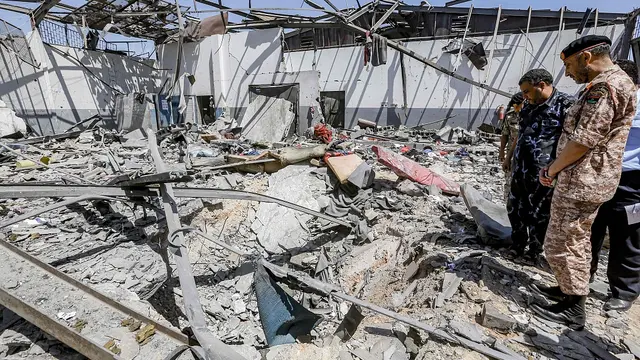The war on “foreign waste” started last July when China banned imports of 24 varieties of solid waste. Back then many commentators and indeed the recycling industry were hoping that the execution of the regulation will be delayed and meanwhile there will be a way to dilute it. Not only did this not happen but on April 19th, one day before Earth Day, Beijing declared that it is adding another 32 types of recycling materials to the list, including steel waste, used auto parts and old ships – half of them to be banned at the end of this year, the rest at the end of 2019.
Ever since the announcement last year, the world has been split pretty much into two camps – those supporting the idea that in a globalized world governed by the principles of free trade recycling waste, which is indeed a multimillion-dollar industry, should be treated as part of the global economy and therefore not restricted by state policies unless those restrictions could be justified under the WTO rules. The other notion, supported by many commentators in China, is that everybody should take responsibility for the effects of their own consumption patterns and waste material and therefore China should no longer deal with western garbage.
Workers sort paper and plastic waste at Far West Recycling in Hillsboro, Oregon, US, October 30, 2017. /VCG Photo
The truth, of course, is somewhere in the middle. Until recently this was a win-win game. China was happily recycling waste materials and then reusing it in its vast manufacturing sector, thus making its products cheaper and more competitive. For example, according to Greenpeace, at its peak in 2012 China imported more than 9 million tons of plastic waste from around the world, much of which was used as raw materials for manufacturing.
Nowadays, China is trying to shift from manufacturing to a service economy and from an export-driven to consumption driven one. In both categories, the trend was reversed around 2016-2017 when services became by far the biggest sector of the economy, accounting for over 52% of GDP and internal consumption was claimed to have a predominant role in GDP growth. Both trends have a huge impact on the waste recycling issue.
China no longer needs to pay the environmental cost associated with some recycling practices and furthermore because its own increased internal consumption has an avalanche of domestically created waste, which they aim to recycle via homegrown recycling infrastructure. For these reasons the country no longer needs to import recycling materials.
An ariel photo of an electronic waste recycling station in Huanan City, Jiangsu Province, March 25, 2018. /VCG Photo
But then comes the question who will recycle the materials generated and collected in other countries previously exported to China. All industrialized economies are quite good at collecting recyclable waste but so far have opted to sell it for recycling and reuse as secondary materials in those countries, including China, who are hubs for manufacturing consumer goods. Since China is no longer open for business they will have to look elsewhere or deal with the issue internally. And they are doing exactly this – finding other markets for their waste, where imports of waste material still make economic sense, and searching for new technologies and business models that would allow recycling at the source. Some even claim that this might create a positive push for finding the new generation of environmentally friendly technologies for recycling.
Thus, despite the initial shock to the system we might reach a new win-win equilibrium and collectively enter a new phase towards the goal of creating a global circular economy.
(CGTN)
 简体中文
简体中文

